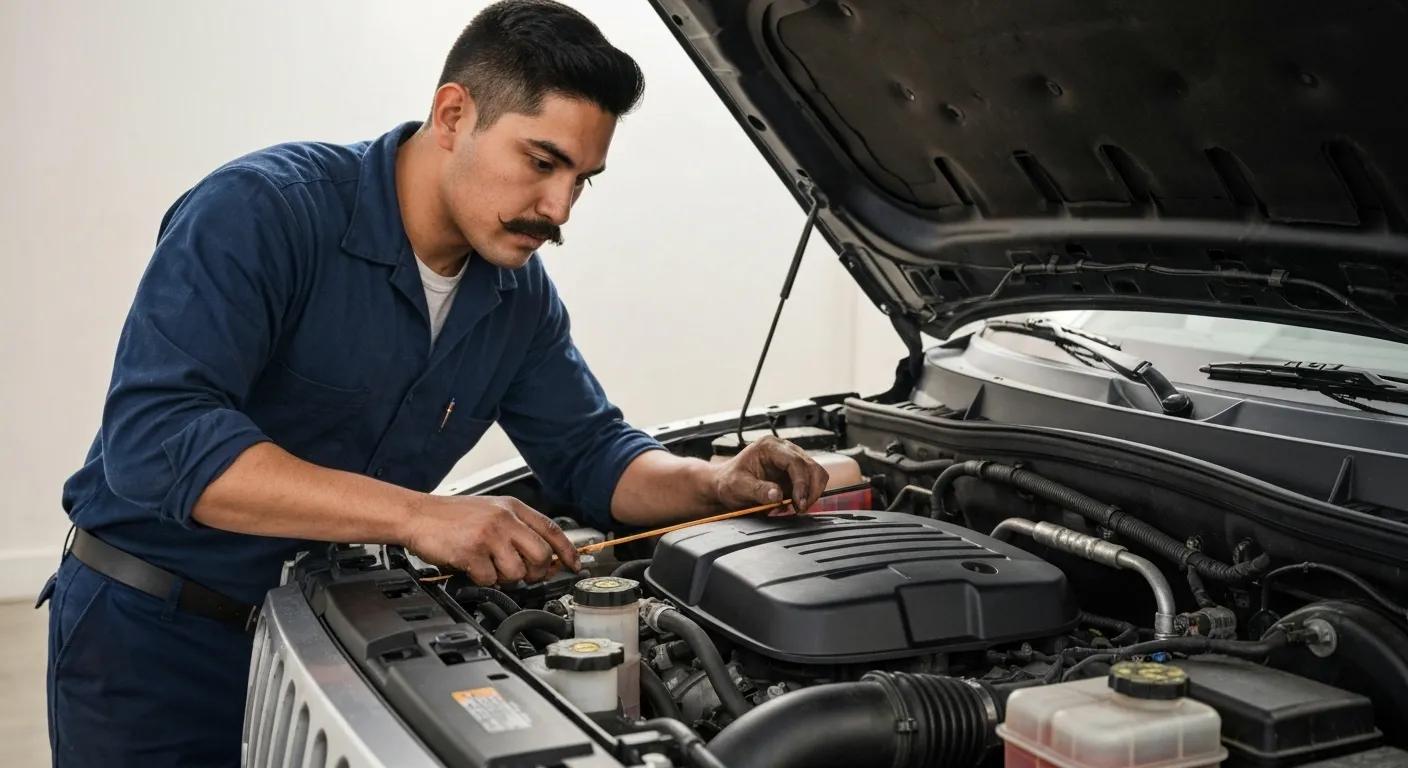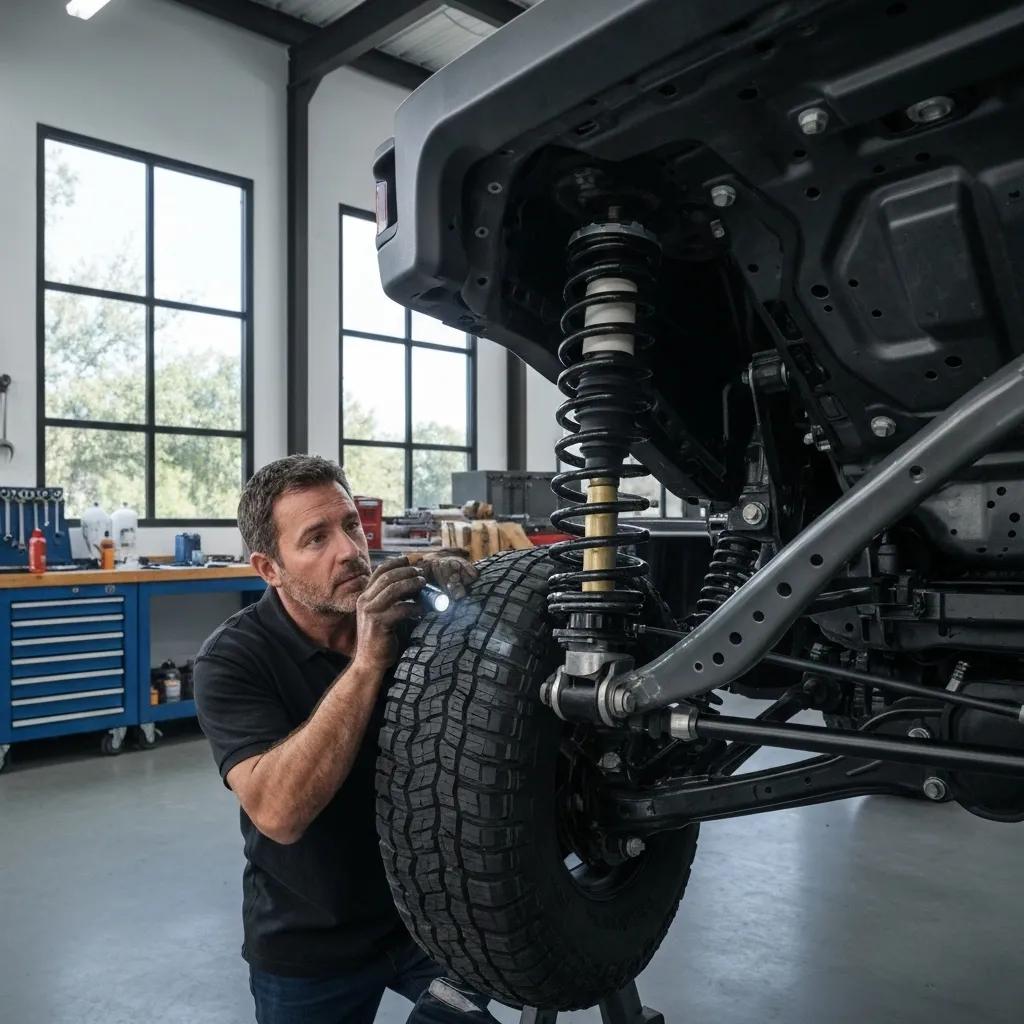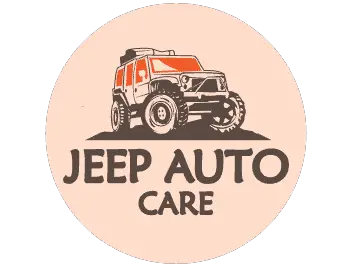Table of Contents
Common Jeep Maintenance Blunders to Sidestep
Letting minor maintenance slip can transform your Jeep from an unstoppable trail conqueror into a costly headache. Sticking to a straightforward Jeep maintenance checklist will boost its dependability and lifespan by focusing on essential areas like fluid upkeep, tire health, suspension integrity, braking systems, electrical soundness, rust protection, and quirks specific to your model. Tackling these common oversights helps avert catastrophic engine failures, uneven tire wear, unsettling steering, compromised braking, dead batteries, and body rust. Dive into the key maintenance missteps below, discover how to conquer the infamous Death Wobble, and uncover top-tier product and practice recommendations to keep your Jeep performing at its peak. Considering vehicle protection plans can also offer peace of mind against unexpected repair costs.
What Are the Most Common Jeep Maintenance Mistakes?
Typical Jeep maintenance errors arise from neglecting routine checks, using the wrong fluids, and skipping scheduled servicing. Overlooking these vital tasks leads to faster component wear and expensive breakdowns. For example, skipping an oil change can cause internal engine scoring, resulting in a loss of compression. Recognizing these common errors is the first step toward effective preventative care, directly linking to the fluid, tire, and suspension topics we’ll cover next. If your engine is severely damaged, you may need to change the engine entirely.
Which Fluid Check Errors Cause Engine and Transmission Damage?

Ignoring fluid level checks and using incorrect fluid types severely compromises lubrication and speeds up component breakdown. Proper fluid management is key to preventing scoring, overheating, and seal failures. Adhering to a consistent maintenance schedule is crucial for ensuring all fluid levels are checked and topped off as needed.
Before we get into intervals, let’s compare the critical parameters for essential fluids:
Regular fluid inspections and timely changes are crucial for engine longevity and optimal transmission performance, setting the stage for our discussion on tire and rotation strategies.
How Does Ignoring Tire Pressure and Rotation Affect Jeep Performance?
Incorrect tire pressure and skipped rotations significantly degrade traction, fuel efficiency, and tread life. Underinflated tires flex excessively, generating damaging heat and stressing sidewalls, while overinflation reduces the tire’s contact patch and off-road grip. Rotating your tires every 5,000 to 7,500 miles ensures even wear and balanced handling, potentially boosting fuel economy by up to 3%. Implementing a consistent rotation schedule enhances safety and elevates overall performance, perfectly complementing the suspension maintenance strategies we’ll explore next.
Why Is Overlooking Suspension and Steering Components Risky?

Failing to inspect components like shocks, ball joints, and track bars directly compromises steering accuracy and ride comfort. Worn bushings can lead to misalignment, uneven tire wear, and bothersome vibrations at higher speeds. Regularly checking for play in your tie rod ends and greasing control arm pivots every 12,000 miles is essential to prevent sway and guard against the dreaded Death Wobble. Maintaining the integrity of your suspension provides a stable platform before we delve into specialized techniques for preventing suspension failures.
How Can Jeep Owners Prevent the Death Wobble and Suspension Failures?
Preventing the Death Wobble involves a systematic approach to suspension care, precise steering adjustments, and balanced tires. The Death Wobble is characterized by violent front-end oscillations, typically triggered by alignment issues or worn-out components. For example, a loose track bar can amplify even minor road imperfections into significant steering instability. By mastering early detection and prompt correction, Jeep owners can maintain confident control and extend the lifespan of their suspension components.
What Are the Early Signs of Death Wobble in Jeep Models?
Catching the early warning signs can help you avoid full-blown wobble events: create jeep maintenance checklist
- Vibrations felt between 45–60 mph often point to loose tie rods or track bar connections.
- A feeling of looseness in the steering can indicate worn ball joints.
- Noticeable clunking sounds when going over bumps suggest deteriorating bushings.
These indicators should prompt immediate component inspections, significantly reducing the risk of severe wobble episodes and steering system failures.
Which Maintenance Steps Reduce Suspension Wear and Steering Issues?
Follow these essential steps to maintain your suspension’s health:
- Inspect and torque track bar bolts to the manufacturer’s specifications after every 10,000 miles.
- Replace worn ball joints and tie rod ends as soon as any play is detected.
- Lubricate suspension joints quarterly using a high-quality lithium-based grease.
- Balance and align your wheels annually to ensure consistent steering precision.
Consistent, diligent care will enhance your ride’s stability and prevent premature suspension failures.
What Are the Key Brake and Tire Care Mistakes to Avoid for Jeep Safety?
Mistakes in brake and tire care critically compromise stopping power and traction, significantly increasing the risk of accidents. Neglecting pad wear and tire condition directly undermines safe operation. Understanding how pad degradation and fluid contamination impact performance is crucial for ensuring reliable deceleration. This knowledge leads directly to adopting best practices for both brake and tire maintenance.
How Does Neglecting Brake Pads and Fluid Impact Jeep Braking?
Failing to replace worn brake pads or contaminated fluid drastically reduces friction and heat dissipation capabilities, leading to dangerous brake fade. When pads wear down to the metal, they can damage rotors and potentially cause a complete loss of braking function. Opting for high-quality ceramic brake pads and flushing your brake fluid every 24 months helps prevent pad glazing and moisture buildup. Proactive care for your pads and fluid can improve stopping distances by as much as 20%.
What Are Best Practices for Tire Pressure, Rotation, and Damage Prevention?
Implement these practices to maximize your tire life and ensure safety:
- Check and adjust your tire pressure to the manufacturer’s recommended PSI before every drive.
- Rotate your tires using an X-pattern every 5,000 to 7,500 miles to ensure even wear distribution.
- Inspect tire sidewalls for any cuts or bulges after tackling off-road trails.
These diligent steps support balanced traction and prevent premature tire failure, reinforcing your Jeep’s braking efficiency in all driving conditions.
How Can Jeep Owners Avoid Electrical System and Rust-Related Problems?
Maintaining a reliable electrical system and implementing effective corrosion prevention are key to protecting vital components and preserving body integrity. Common oversights can lead to dead batteries, erroneous sensor readings, and structural corrosion. Addressing wiring care and rust treatment promptly will keep your vehicle dependable and maintain its resale value, complementing your mechanical maintenance efforts.
What Common Electrical Mistakes Lead to Battery and Sensor Failures?
Faulty electrical maintenance practices often include:
- Installing low-quality batteries that can’t handle the vehicle’s electrical load.
- Ignoring corroded battery terminals, which impede proper current flow.
- Skipping diagnostic scans that could identify failing sensors early on.
Upgrading to an AGM battery and cleaning your terminals quarterly will ensure robust electrical performance and accurate sensor readings, contributing to stable engine management.
How to Prevent Rust and Water Leaks on Jeep Chassis and Body?
Adopt these proactive measures to combat rust and prevent water intrusion:
- Apply an underbody rust inhibitor, such as Fluid Film, annually.
- Seal door and windshield edges using a silicone-based weatherstrip adhesive.
- Thoroughly rinse off salt and mud after driving in winter conditions or off-road excursions.
Effective corrosion control significantly enhances chassis durability and keeps the interior dry, preserving your Jeep’s appearance and functionality for years to come.
What Model-Specific Maintenance Mistakes Should Jeep Wrangler and Grand Cherokee Owners Avoid?
Owners of the Wrangler and Grand Cherokee face unique service challenges stemming from their off-road capabilities, complex drivetrains, and factory modifications. Overlooking model-specific maintenance requirements can lead to avoidable component failures. By tailoring your care routine to each specific platform, you can optimize performance and minimize costly repairs. For example, a jeep cherokee requires specific attention to its transfer case fluid.
Which Maintenance Errors Are Most Frequent in Jeep Wrangler Models?
Wrangler owners commonly neglect to:
- Change front axle fluids after significant off-road use.
- Inspect track bar damping bolts, especially after installing a lift kit.
- Perform regular chassis lubrication on exposed joints and pivot points.
Addressing these oversights with Mopar synthetic differential fluid and consistent suspension greasing will prevent premature wear on critical components.
What Are Common Grand Cherokee Maintenance Pitfalls and Solutions?
Common maintenance errors for Grand Cherokee owners include:
- Overlooking transfer case fluid changes, particularly in 4WD models.
- Ignoring the turbocharger oil feed lines in EcoDiesel engines.
- Skipping the lubrication of brake caliper slide pins.
Scheduling transfer case service every 30,000 miles and using OEM gasket kits are effective solutions that will enhance drivetrain reliability.
Leverage Jeep Auto Care’s expert-backed insights and carefully selected product recommendations to effectively implement this Jeep maintenance checklist, ensuring superior reliability, off-road readiness, and peace of mind on every adventure. Consistent routine maintenance is the cornerstone of a long-lasting Jeep.
Conclusion
By proactively addressing common Jeep maintenance blunders, you can significantly enhance your vehicle’s reliability and performance. Understanding the importance of fluid management, tire care, and electrical system upkeep reinforces the value of regular maintenance for long-term savings and safety. Following a comprehensive maintenance schedule is key to preventing these common issues. Take the next step in preserving your Jeep’s capabilities by exploring our expert-backed product recommendations. Ensure your adventures remain worry-free and your Jeep stays trail-ready for years to come.
